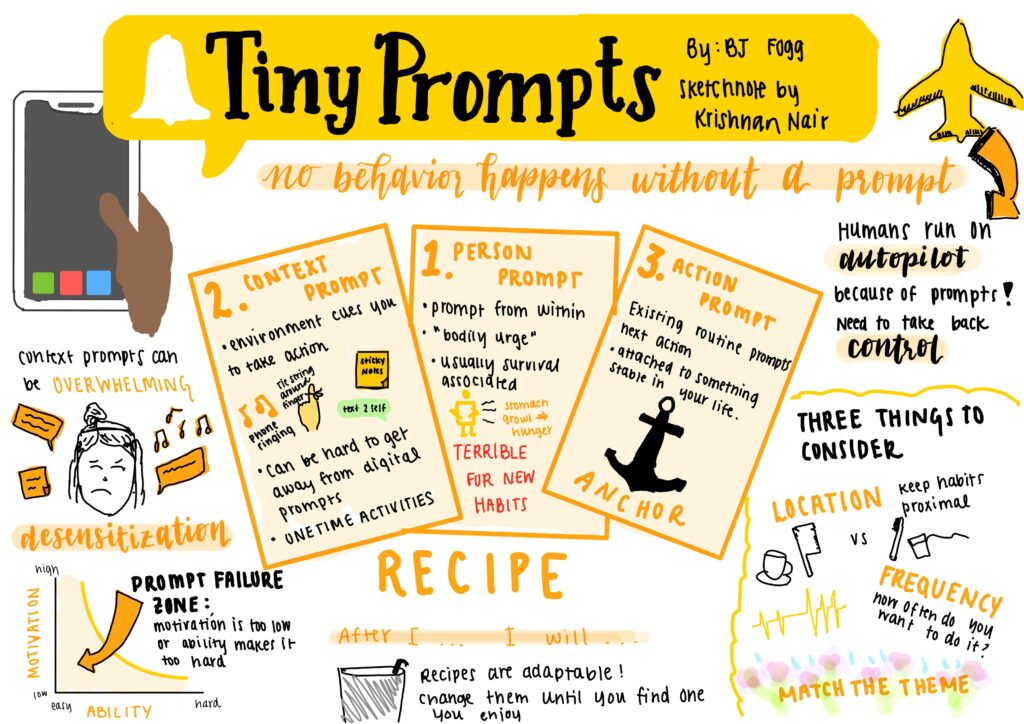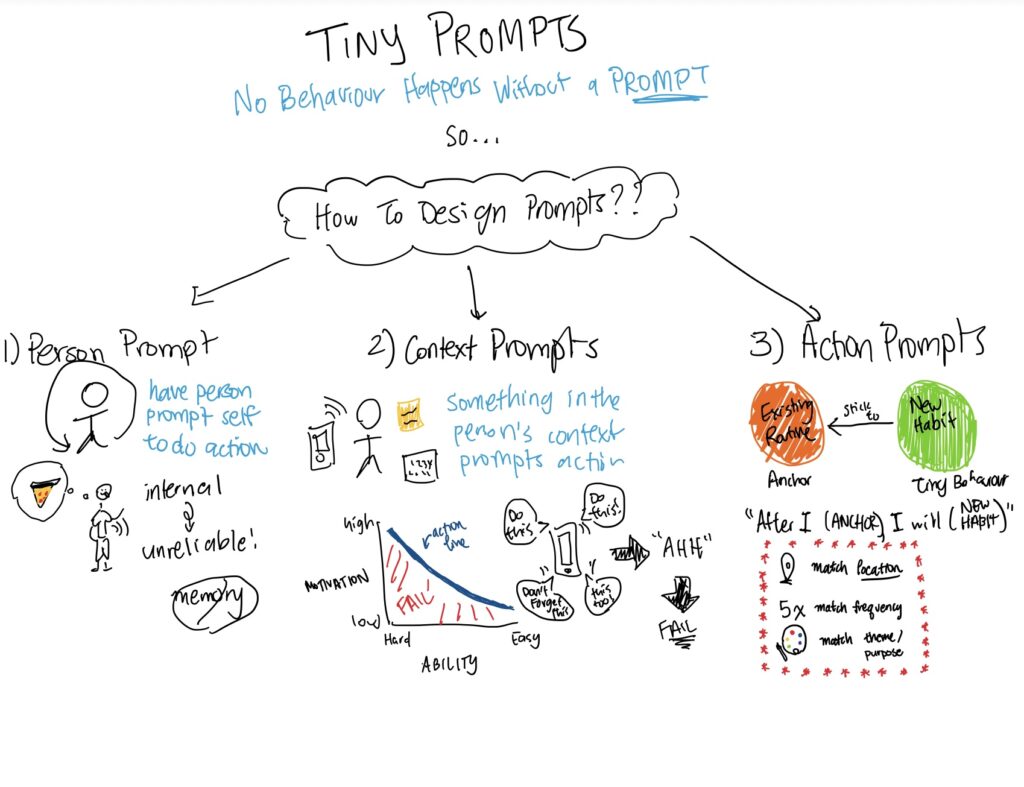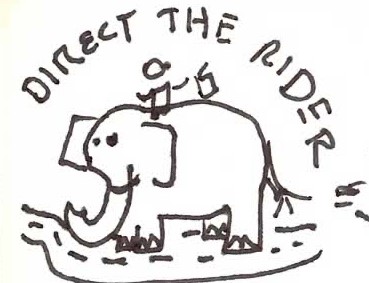What role does the concept of “loss aversion” play in buyer resistance? How can product managers leverage this knowledge to facilitate the adoption of new features?
According to Kahneman and Tversky, loss aversion refers to how losses have a far greater impact on people than similarly sized gain. There are two biggest roles that this concept play in buyer resistance: the endowment effect and status quo bias. The endowment effect is when people value products that they already possess or use (so they consider these products as their endowment) a lot more than those they don’t have or are new. Status quo bias is how people tend to avoid behavioral changes even if a better alternative exists. These two combined strongly define and explain buyer resistance even with a very innovative and effective product. Buyer resistance is heightened as people face tradeoffs: they often must give up some of the benefits of the current product to obtain highly desirable new features by buying into another innovative product.
To facilitate the adoption of new features, the author of “Eager Sellers Stony Buyers” identified that product managers must ask themselves what kind of change they are demanding of consumers and companies must identify where their innovations fall in the “Capturing Value from Innovations” matrix. They have to also accept resistance (either by being patient, strive for 10x improvement, or eliminate the old) or minimize resistance (either by making behaviorally compatible products or to seek for the unendowed).
In my opinion, and referring to the software industry specifically and my experiences as a user, one way to facilitate the adoption of new features is a free trial or freemium pricing model. This would allow people to try innovative new features at no cost (so endowment effect doesn’t really exist anymore). If the innovative product or new features are appealing to these users, then they would use it until the free trial ends or until they now have to pay for new innovative features they tried out for a month. In this case, the new features now indeed become their endowment and they would like to remain the status quo of using these new features. As a result, they will buy into the new features or products as apposed to resisting change.

A Higher Common Sense
A place for Writings about Evidence-Based Design


